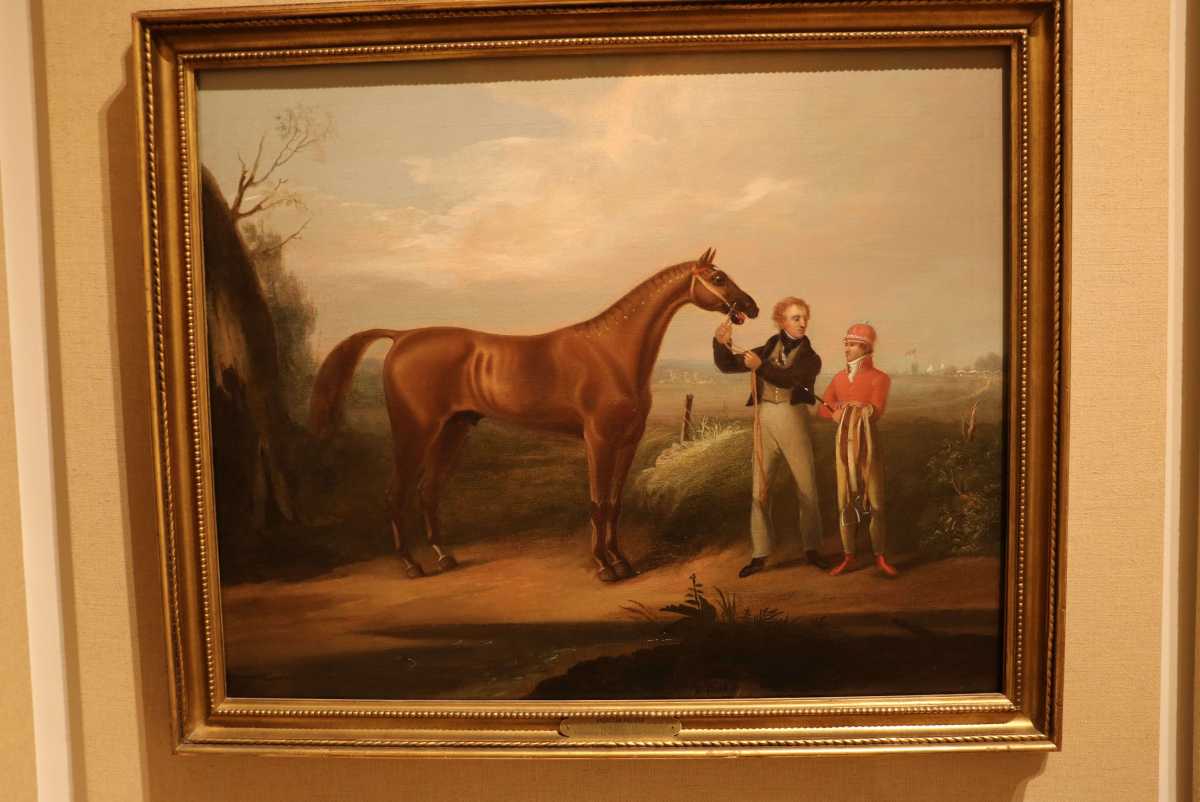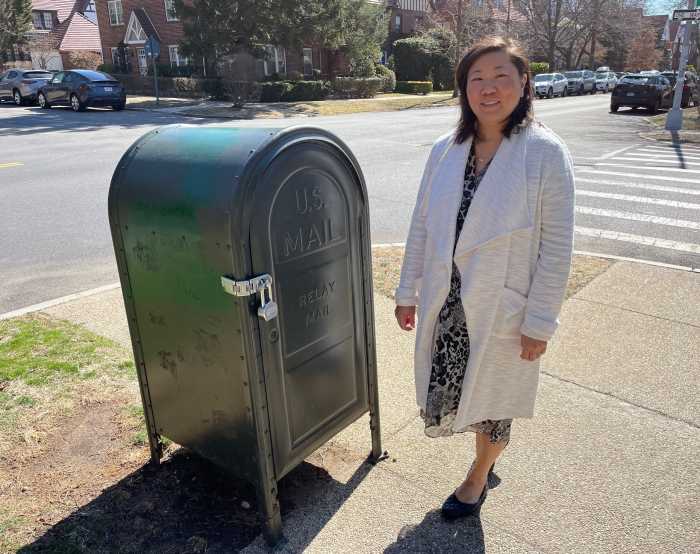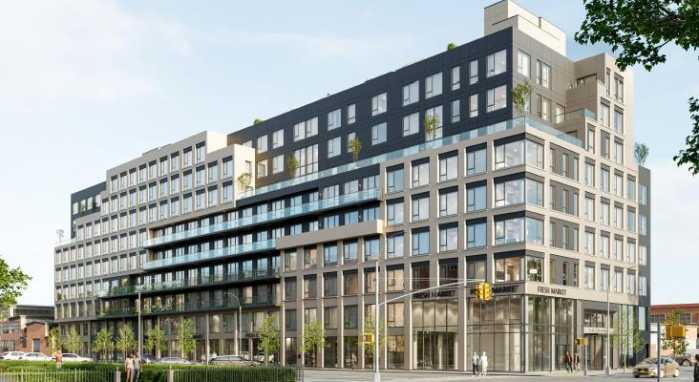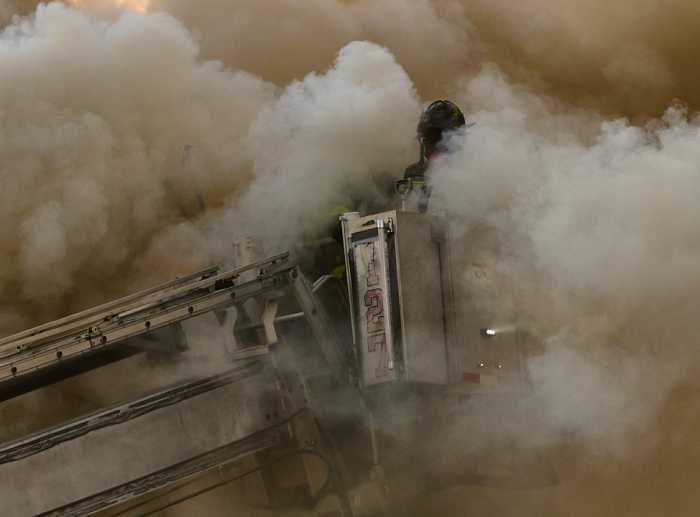Just over 200 miles to the north of Queens is the beautiful town of Saratoga Springs. There you will find one of the oldest tracks in operation, Saratoga Race Course, where they’ve been holding the Travers Stakes every summer since 1864.
Saratoga Springs is also home to the National Museum of Racing and Hall of Fame, an incredible collection of racing memorabilia and artwork. And one corner of the museum is dedicated to the Union Course Racetrack that used to dominate the landscape of Woodhaven, going back to a time when the name Woodhaven didn’t exist.
The Union Course opened nearly 200 years ago, on Oct. 15, 1821, and it was the first skinned, or dirt, racetrack in the United States (all other racetracks were grass). It quickly became a hot spot for racing and soon became the site of one of the earliest (and most famous) races between Northern and Southern bred horses.
Most notable was the race between Eclipse (North) and Sir Henry (South). As most of the racing champions were bred in the South, Eclipse was not given much chance.
Over 60,000 people flocked to the area to watch this duel, including the current Vice President Daniel Tompkins, Andrew Jackson (governor of Florida at the time, a few years away from becoming our seventh president) and Aaron Burr (who shot and killed Alexander Hamilton in an infamous duel).
The Union Course corner boasts a beautiful oil painting of Eclipse (painted by Alvan Fischer shortly after the race). This painting depicts Samuel Purdy, the legendary jockey who rode Eclipse to victory. Purdy wasn’t supposed to be in the race at all with a younger jockey selected to run the 9-year-old Eclipse in the great race. But after Sir Henry bested Eclipse in the first 4-mile race, Purdy was pulled from the crowd for the crucial second heat.
Purdy and Eclipse narrowly beat Sir Henry in that match and both horses, by now completely exhausted, fought each other to the finish in the tiebreaker. And in the end, it was Eclipse and the North that were triumphant.

These North-South races would continue to be popular and even feed on the growing animus between the two regions that would develop into war within a few decades.
The Union Course Racetrack in Woodhaven actually ended up playing a part in the Civil War, serving as an army encampment for several years.
Even though the track has been closed for nearly 150 years, there are still a few reminders that have been left behind. For example, one of the most illustrious figures in Union Course history, John Snedeker, is buried in the old cemetery behind All Saints Episcopal Church on 96th Street. Interestingly, the museum (based on old news clippings) spells his name Snedicor.
One can also still see touches of the old racetrack, most notably on Clemente Court, the hidden little street on 82nd Street right off of Atlantic. The boundaries of the track itself were 78th and 84th streets (on the east and west ends) and Jamaica Avenue and Atlantic/Rockaway on the north and south.
The driveway of Clemente Court lays on the far turn of the old course; when walking down the curve of that driveway you are walking the turn of a track that opened nearly two centuries ago!
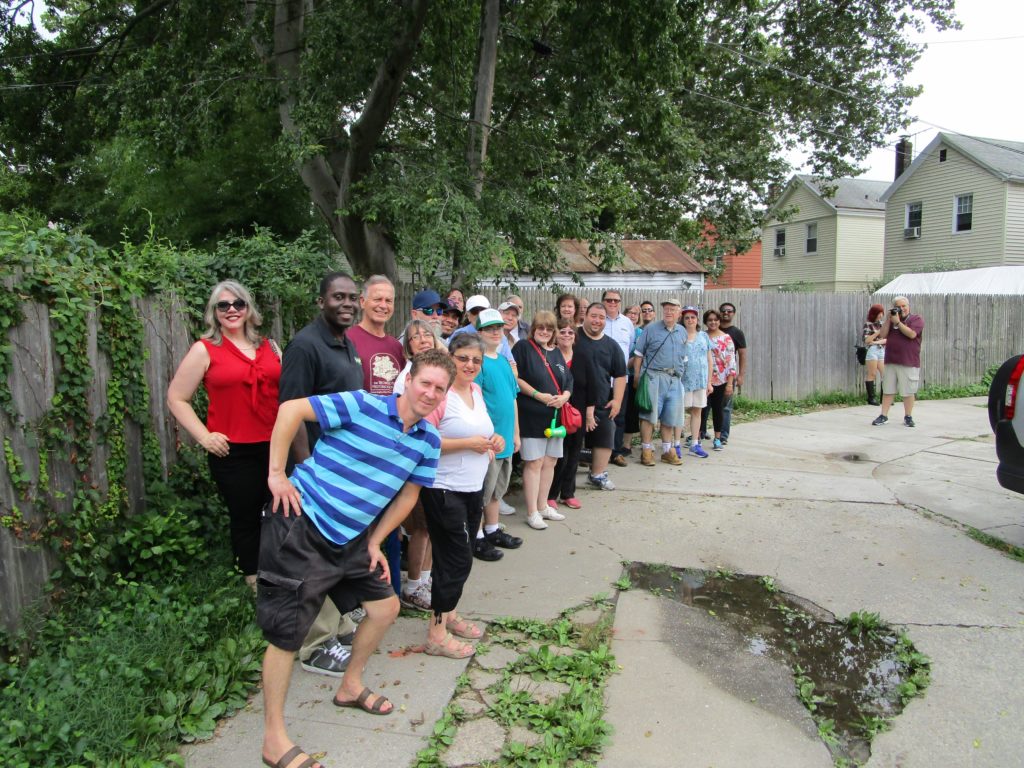
In fact, when they tore down the track and integrated the land with the rest of the neighborhood, one street pattern had to be shoehorned in to make everything fit. That missing piece was later named Whiting Square (84th Street and 91st Avenue) after a brave young soldier who lost his life in World War I.
We happily recommend a visit to the National Museum of Racing and Hall of Fame, not only for our Woodhaven connection but for the entirety of their collection of racing history. Visit www.racingmuseum.org for directions and more information.

